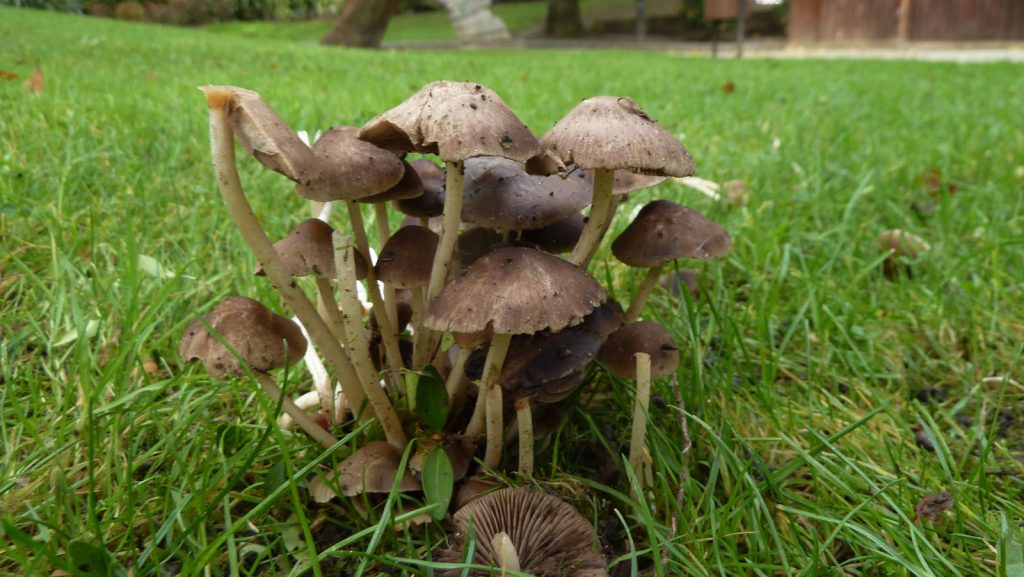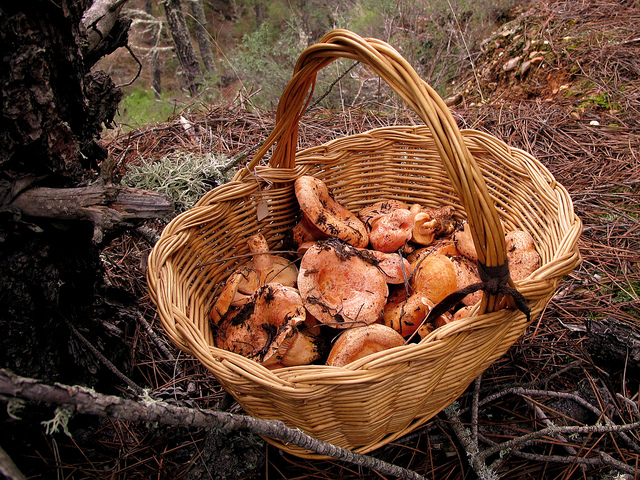Autumn is the perfect season for mushroom lovers. Just as the first autumn rains arrive and the temperatures start to drop, these small natural treasures spring up in forests across the most humid parts of the Iberian Peninsula. Though it’s possible to come across certain species at other times of the year, such as the perrechico and marzuelo, mycological tourism (that is, looking for different types of fungi) enjoys the perfect weather conditions in autumn, bringing all kinds of different mushroom varieties to the surface.

Nature and mycology are two words that just go hand-in-hand.It’s difficult to find mushroom lovers who aren’t also passionate about our natural surroundings.For many, mycological tourism, in addition to offering plenty of chances to collect and taste some of our most precious and natural delicacies, also gives visitors the chance to stroll through some of the most beautiful natural spaces in the world.It’s increasingly common to find exciting travel options that combine nature and mycology.Here, we’re giving you six tips for making the most out of your next trip to the mushroom capital of Spain:
– Respect the environment: if we all take care of the environment, we’ll all be able to enjoy saffron milk caps, lepiotas, senderuelas, trumpets and oronge mushrooms for years to come.To ensure mushroom picking can go on and on for others to enjoy, it’s important that you respect the environment and avoid leaving your rubbish or waste in the forest.In addition to taking care of your surroundings, you should also carry out the necessary precautions when harvesting your mushrooms to ensure others can continue to grow.
– Harvest your find correctly: mushrooms should never be pulled, but rather picked gently with a knife, cutting the part closest to the ground.It’s key that you keep them in a wicker basket, or a similar material, to ensure they’re in good condition, but also so that you can spread the spores throughout the forest as you go, therefore ensuring new mushrooms grow in their place.
– Get to know the best areas for mycological tourism: the pleasant climate on the Iberian Peninsula makes it the perfect spot for enjoying some mycological tourism.Here, the best areas for mushroom picking include:Barcelona – especially the Berguedá area – , Zamora – in the town of Rabanales, you’ll even find the Mycology Museum -, Valle de Arán in Lleida, Navarra, La Rioja, la Sierra Norte de Madrid, the Sierra de las Nieves National Park in Málaga and Soria.

– Get permission: in some of the areas mentioned above, you’ll need a special permit to pick mushrooms, especially in the natural parks. Prices usually range between €5 and €15.
– Hygiene recommendations: here in Spain, there are thought to be around 3,000 different varieties of mushrooms, but just 1,000 are edible.Identifying them is no simple task, given the difference between toxic and perfectly edible varieties can often be very slight.To avoid any unpleasant surprises, it’s recommended that you go into the forest with a local guide to help you identify them, or else consult an expert before you eat them.Furthermore, there are lots of associations that can help you identify mushrooms who teach courses on mycology.If in doubt, it’s better to avoid any mushrooms you’re not sure about.
– Plan your tripproperly: before heading off on your mycological adventure, you’ll need some information to plan your expedition properly.Mushroom-picking season coincides with hunting season,therefore, you’ll need to familiarise yourself with any local hunts and their schedules and wear high-visibility clothing to avoid any issues along the way.In addition, it’s advisable not to head out alone and plan for all weather eventualities, as well as checking the daylight hours.













